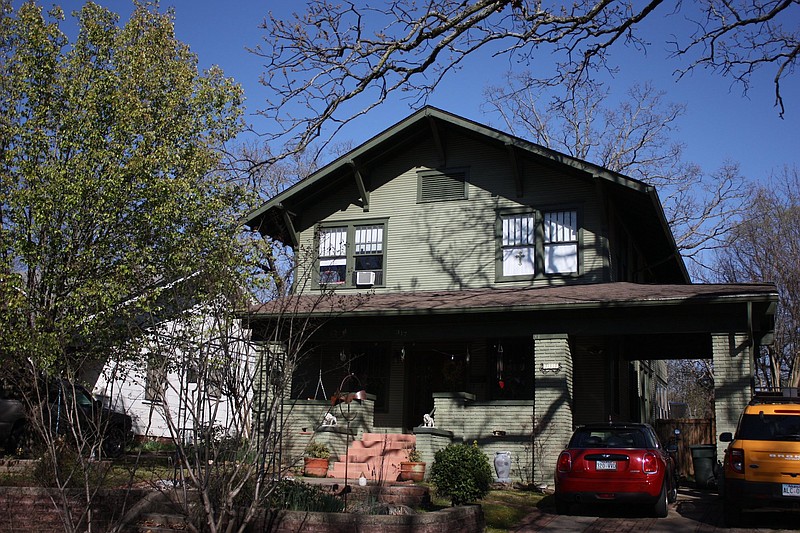Little Rock's Capitol View and Stifft's Station neighborhoods will be on display at the 58th Quapaw Quarter Association's Tour of Homes on May 13-14.
While the reason behind the name Capitol View is apparent, the name Stifft's Station has become a bit obscure. According to a National Register of Historic Places registration form, Stifft's Station was named after Charles Stifft, a prominent businessman and civic booster. According to a 1929 map, the Stifft Station streetcar station was located at Markham Street and Prospect Avenue — now known as Kavanaugh Boulevard.
A city directory from the same era denotes several businesses with Stifft Station in their names including a grocery store and a barber shop.
Here's a look at the locations on the tour with information, descriptions and photos provided by the QQA:
Eugene and Anna Reville House, 317 Johnson St.
Eugene Reville was a storekeeper and possibly warehouse supervisor for the Chicago, Rock Island, & Pacific Railroad machine shops in 1930. This Craftsman Style house was built around 1923 and features large triangular knee brackets under the eaves and exposed rafter tails, large windows with decorative panes in the upper sashes, and a large front porch.
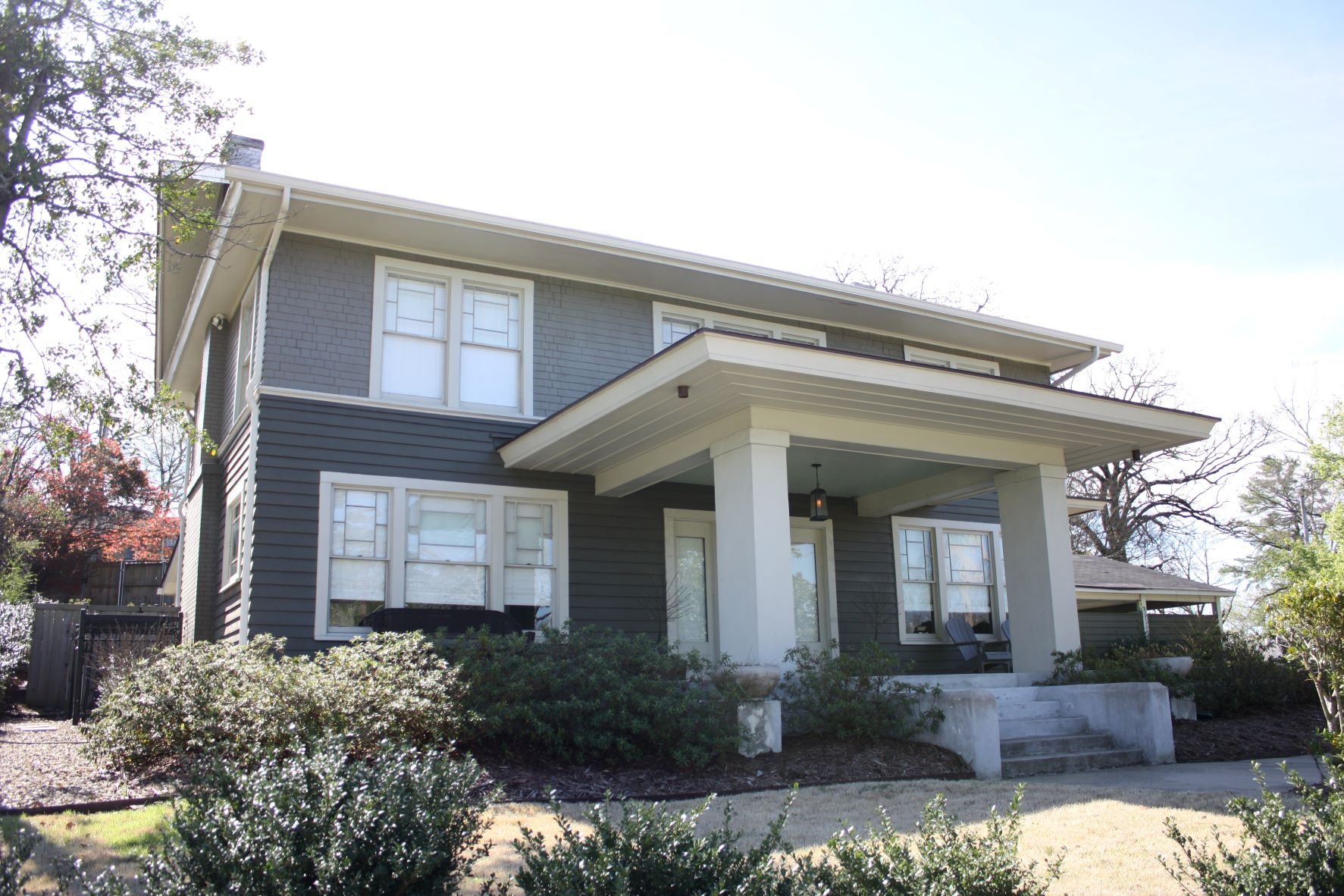 Booth-Powell House
Booth-Powell House
Booth-Powell House, 2623 W. Markham St.
A rare example of early Prairie Style, a version of the Craftsman Style, this house was designed in 1913 for Walter Booth, the manager of the Little Rock Gas and Fuel Co.
The Prairie Style was pioneered by young architects -- notably Frank Lloyd Wright -- in the Midwest around the turn of the 20th century. This house features a large front porch, a large overhanging roof and horizontal details. The house was recently renovated and restored to serve as an Airbnb space.
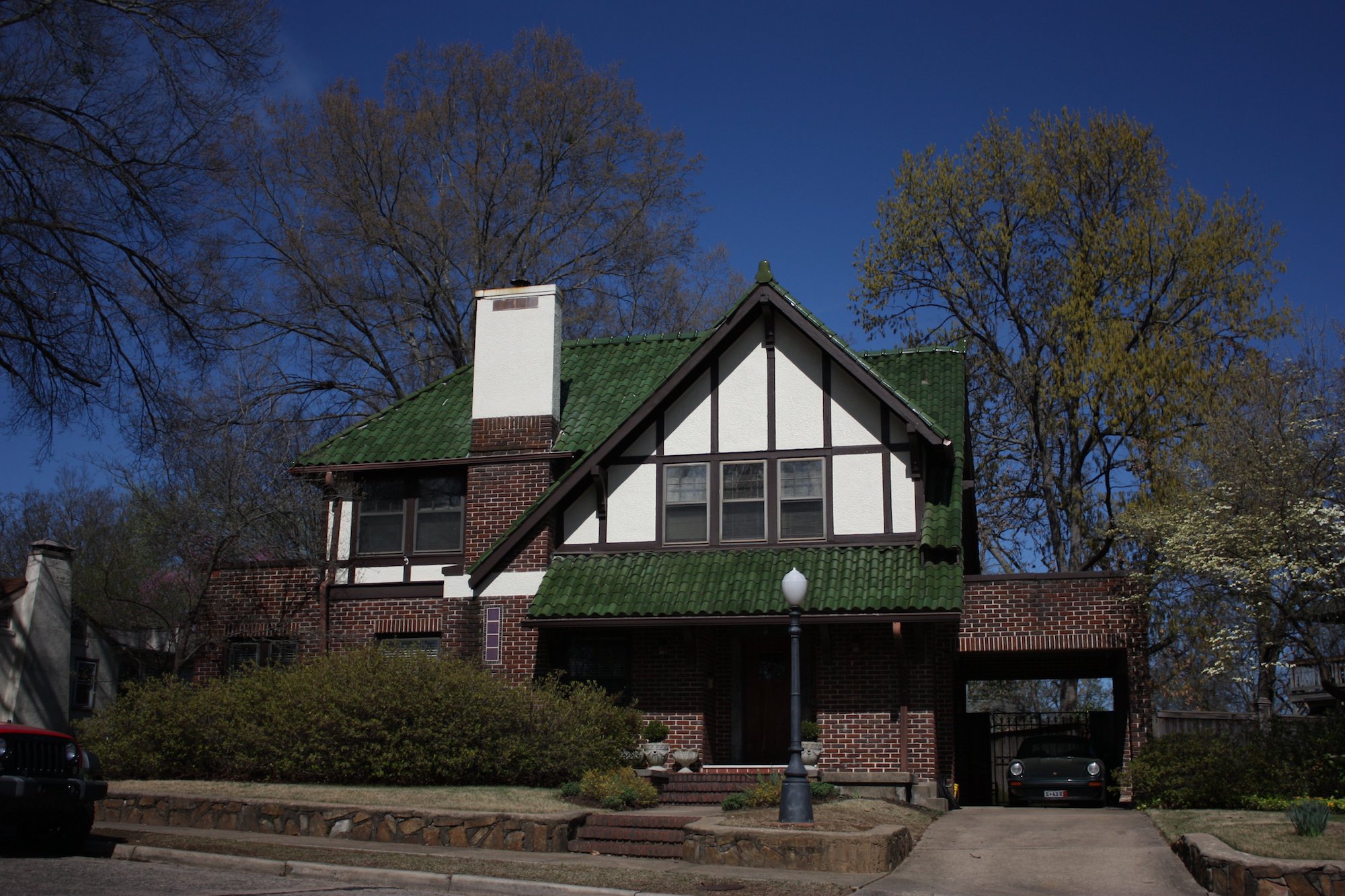 Harry and Beatrice Shauman House
Harry and Beatrice Shauman House
Harry and Beatrice Shauman House, 2500 Grove Circle
Harry Shauman was a local manager for the N.O. Nelson Manufacturing Co. of Missouri and Illinois. He and his wife, Beatrice, built this house in 1928-29. It resembles one at 1862 Arch St. designed by renowned architect Charles Thompson.
The house is an example of the Tudor Revival style and showcases many of Thompson's characteristic Craftsman-style details such as the dramatic brackets along the eaves.
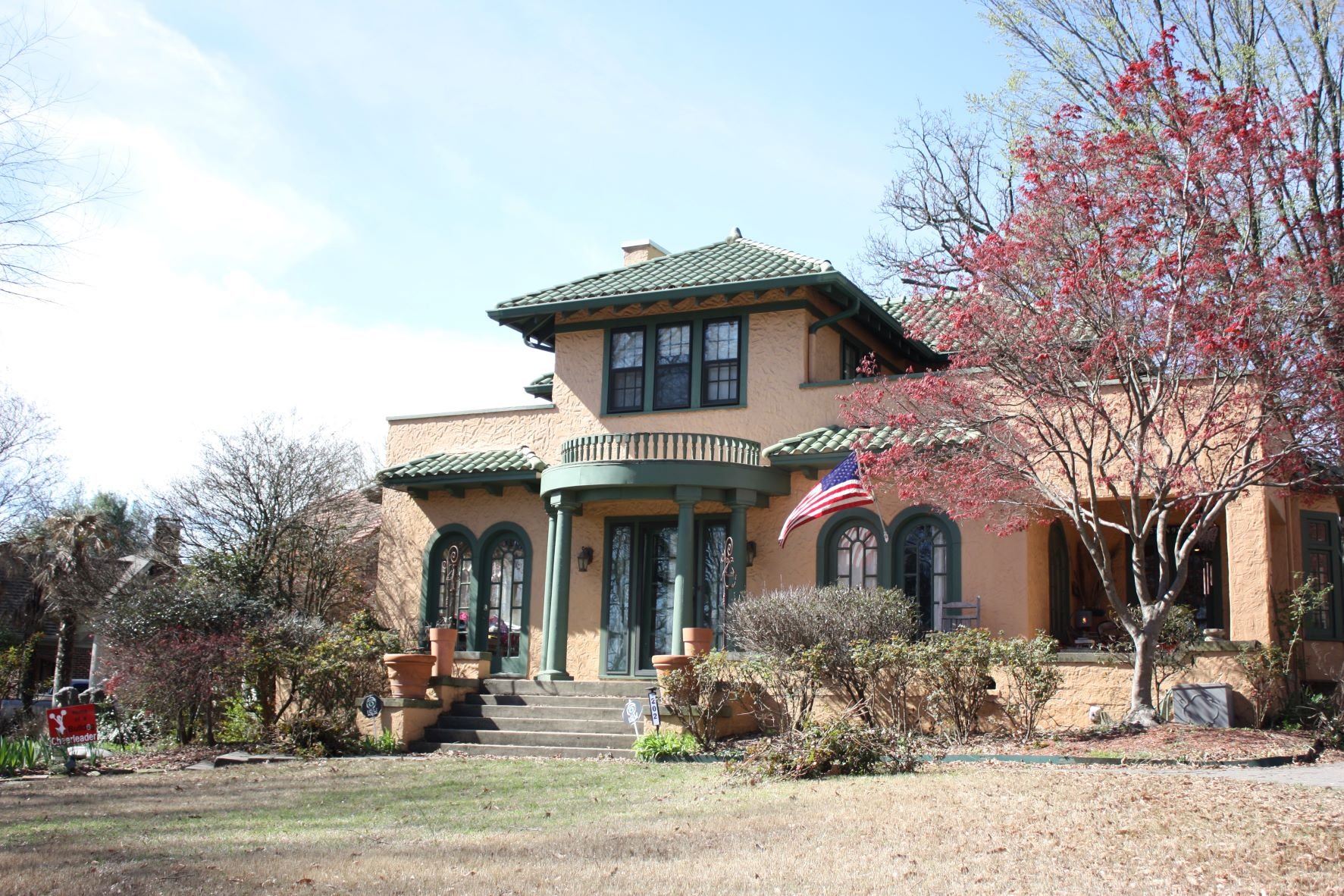 Roy E. Steuber House
Roy E. Steuber House
Roy E. Steuber House, 202 Thayer St.
Roy E. Steuber was a prominent Little Rock businessman who founded the 555 automobile service and parts company. His properties included a five-story service station and warehouse on Broadway that was topped with a life-size airplane model. The building was once called the largest service station in the world.
Stueber built this Mediterranean Revival-style house in 1923 for his family. The large open spaces and glass doors on the first floor made it perfect for hosting large gatherings. The upstairs bedrooms served as a private retreat for the family.
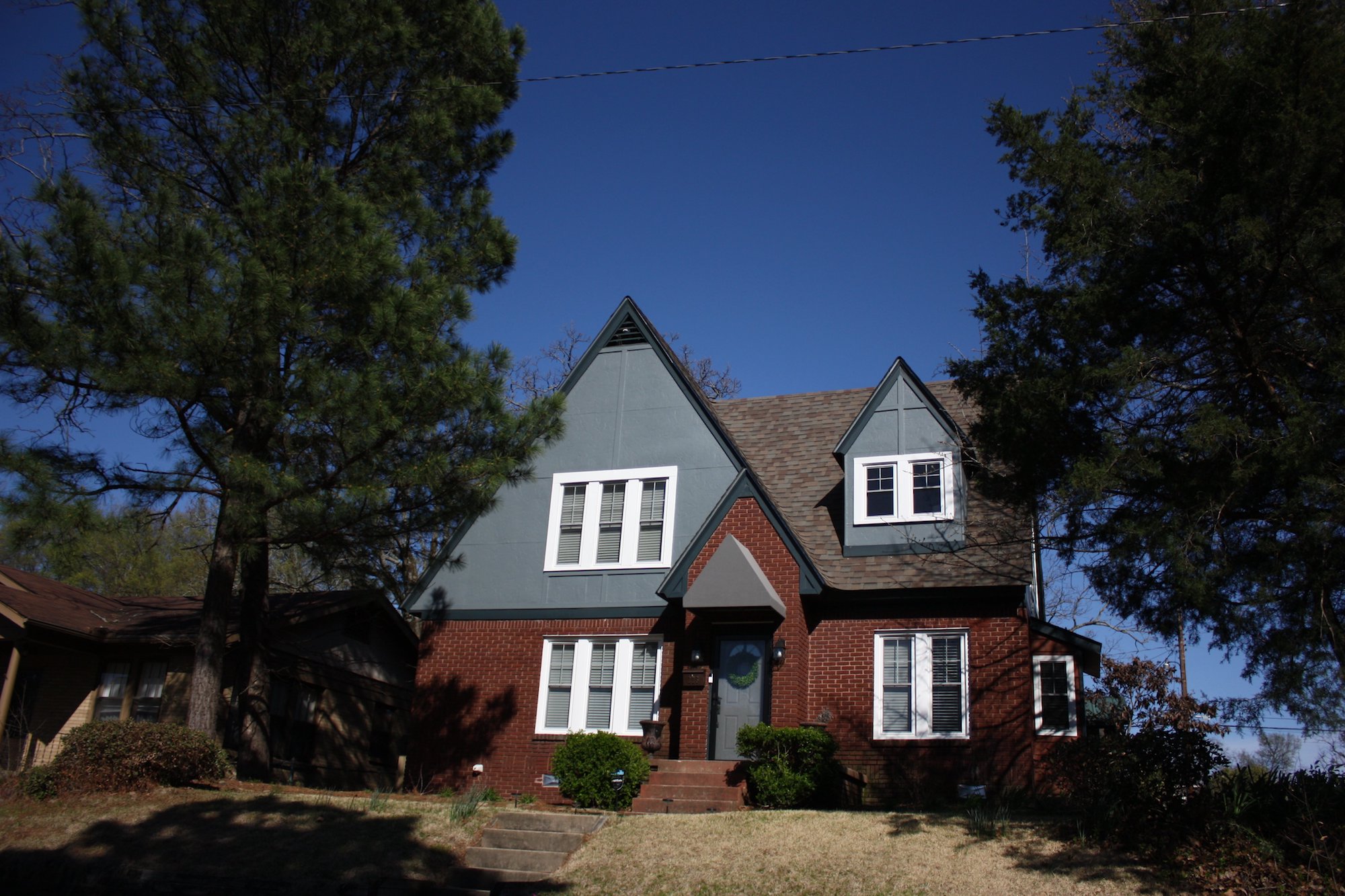 Stanley and Sadie Bauman House
Stanley and Sadie Bauman House
Stanley and Sadie Bauman House, 223 Martin St.
This example of a Tudor Revival house, with high pitched gables and red brick walls was built in the late 1920s, most likely by Stanley and Sadie Bauman. Sadie ran a bake shop downtown and Stanley was the manager of several stores, including the Busy Stores Corp. of Little Rock, a chain of local small department stores.
This house features many original features including an unusual number of closets and wrought-iron detailing at the top of the stairs.
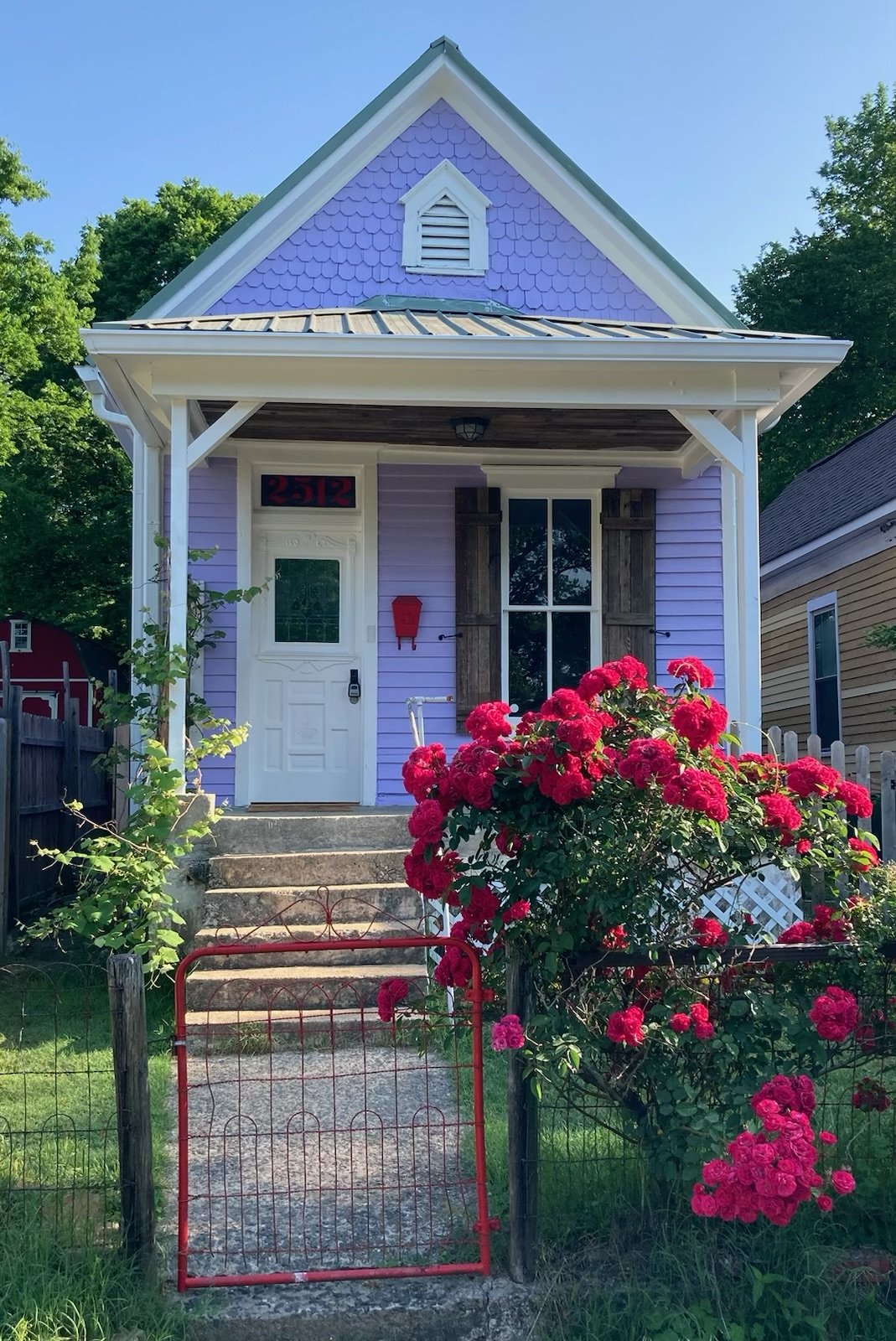 Shotgun house
Shotgun house
Shotgun house, 2512 Sixth St.
Shotgun houses generally consist of a gabled front porch and two or more rooms laid out in a straight line. This example likely served as rental property for railroad workers and general laborers. Its first tenant in the Little Rock city directories is Frederick Nimpler, a foreman for the Home Water Co.
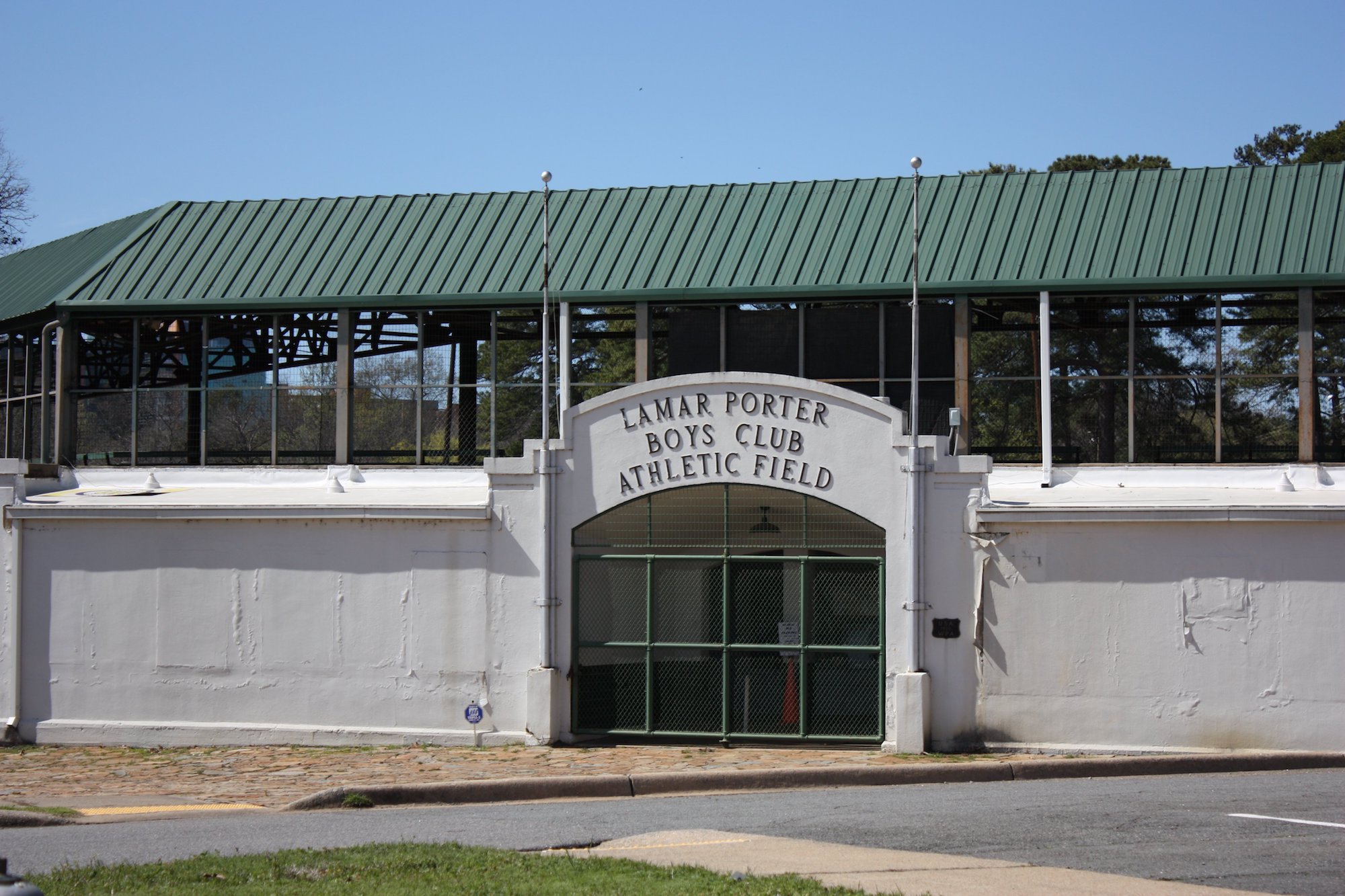 Lamar Porter Field
Lamar Porter Field
Lamar Porter Field, 3200 W. Seventh St.
This baseball field was named for a local boy who died in a car wreck in 1934. His family donated the land for the field in 1935 in his honor. With the help of the Works Progress Administration, the field was based on a design by local architectural firm Thompson, Sanders and Ginnochio. The field and grandstands were completed in 1938.
Two Major League players played on the field when they were boys — Pat Seerey of the Cleveland Indians and Chicago White Sox and 1970 World Series most valuable player Brooks Robinson of the Baltimore Orioles. The baseball field is still used by the Boys and Girls Club.
Woodruff School, 3010 W. Seventh St.
The elementary school opened in 1911 and was named for William Woodruff, founder of the Arkansas Gazette. Building additions were made in the 1950s and 1980. The school eventually closed and was used as the Early Childhood Center for the Little Rock School District. In 2017, it was sold and converted into apartments.
More information about the QQA Tour of Homes can be found at quapaw.com/pages/what-we-do/events/.
